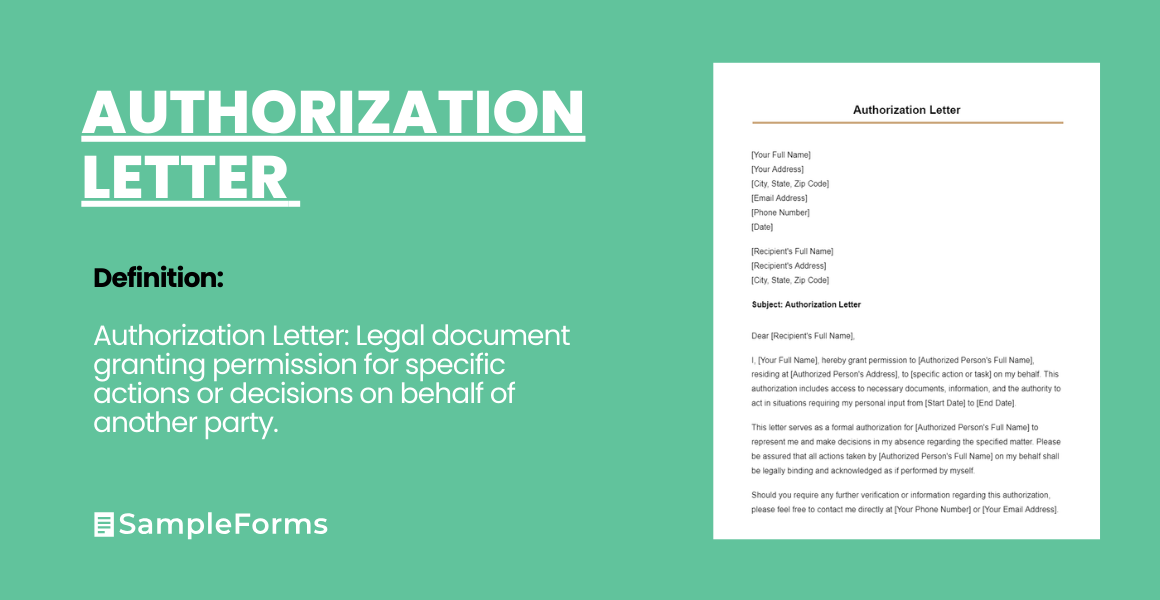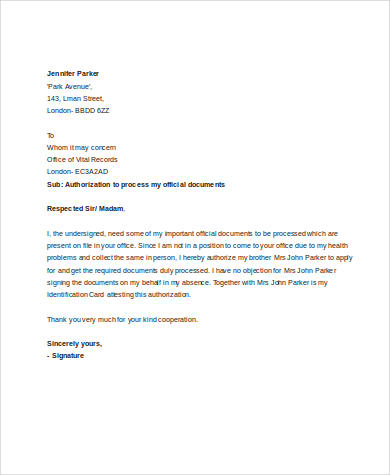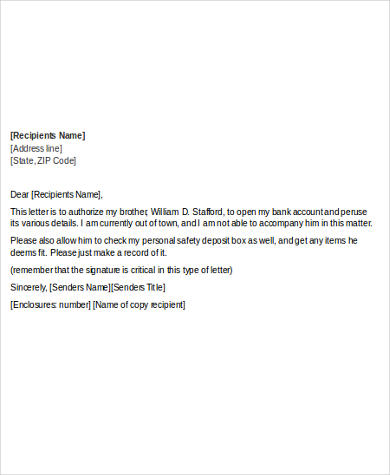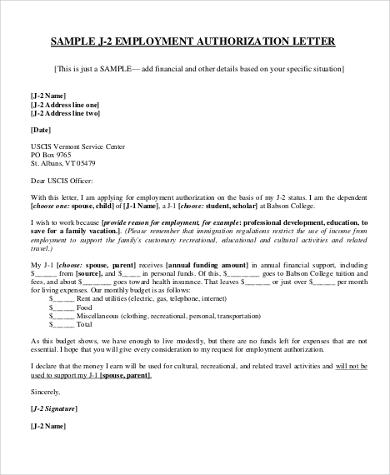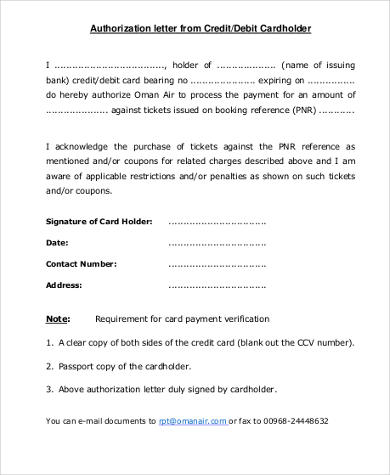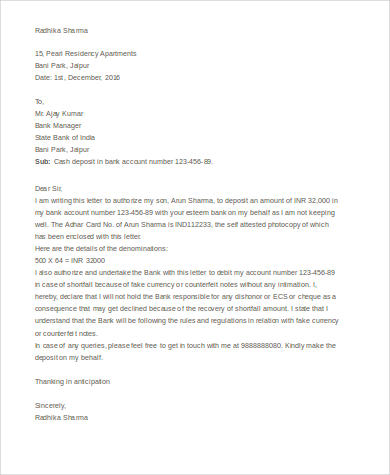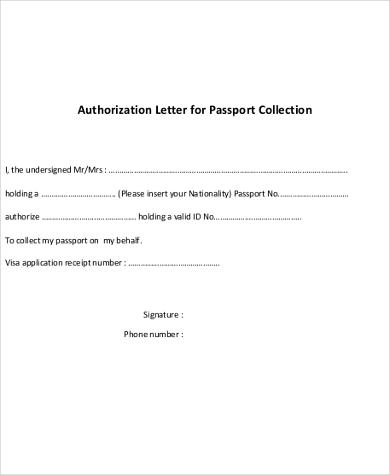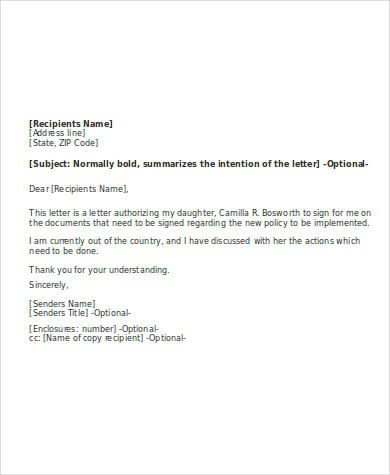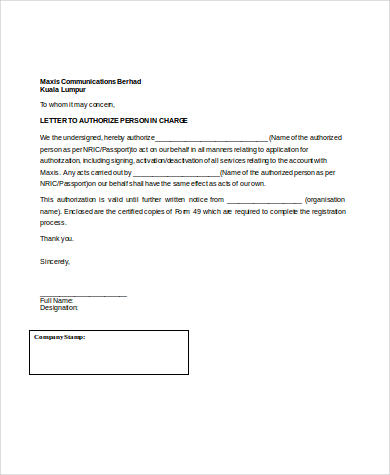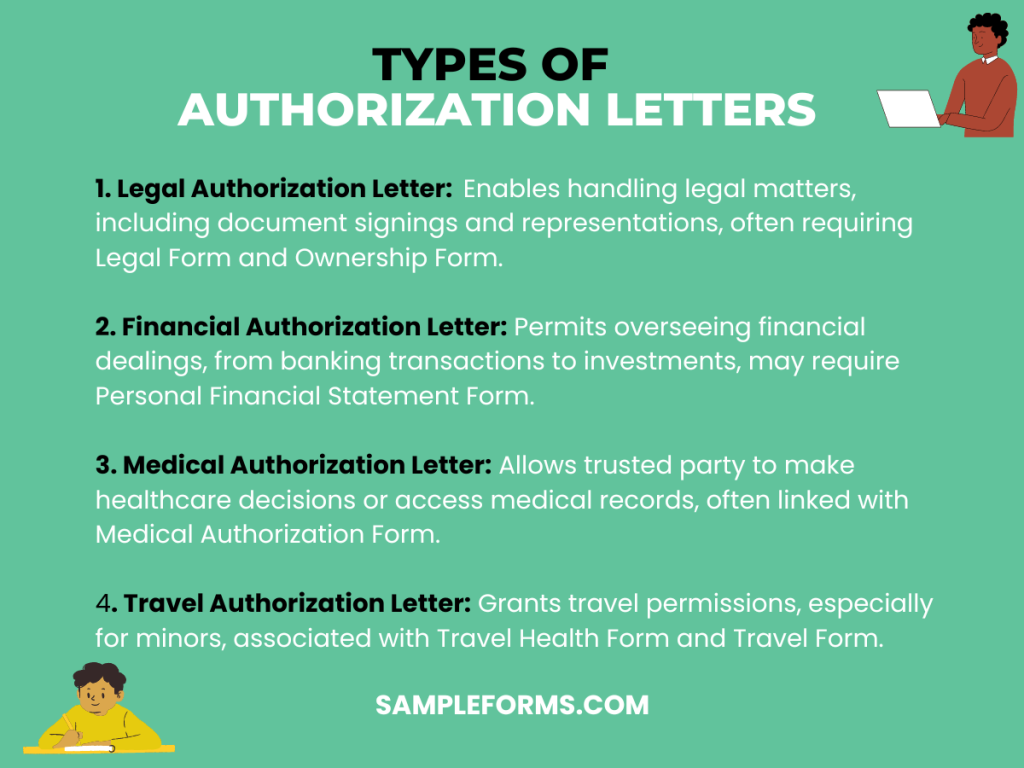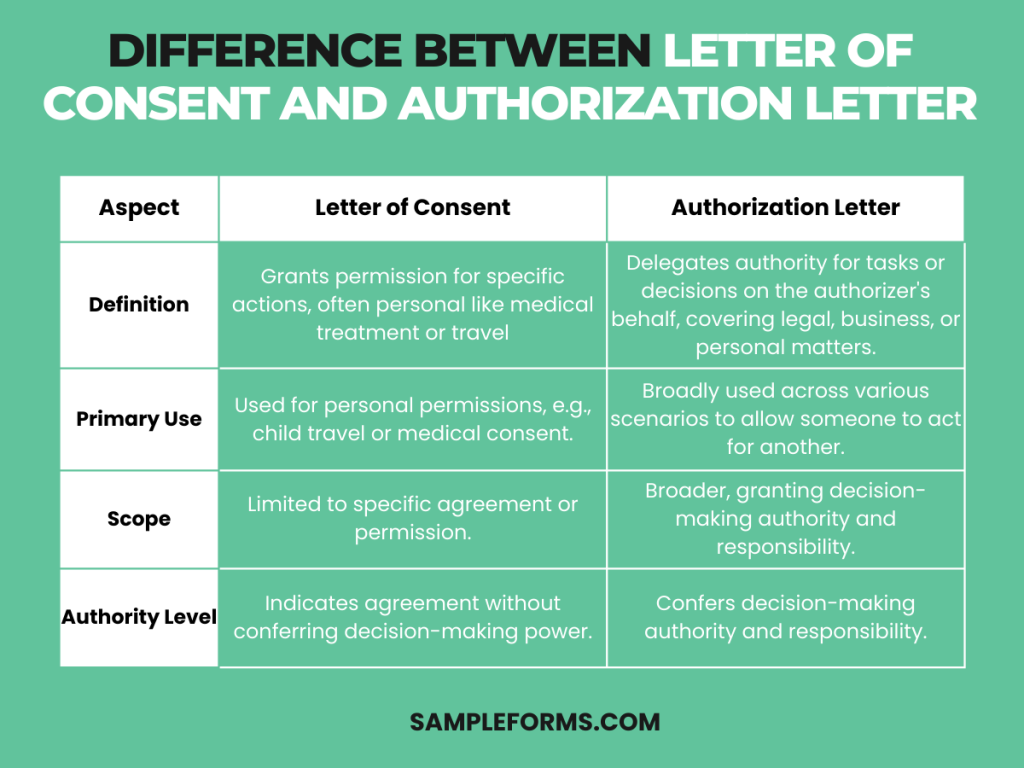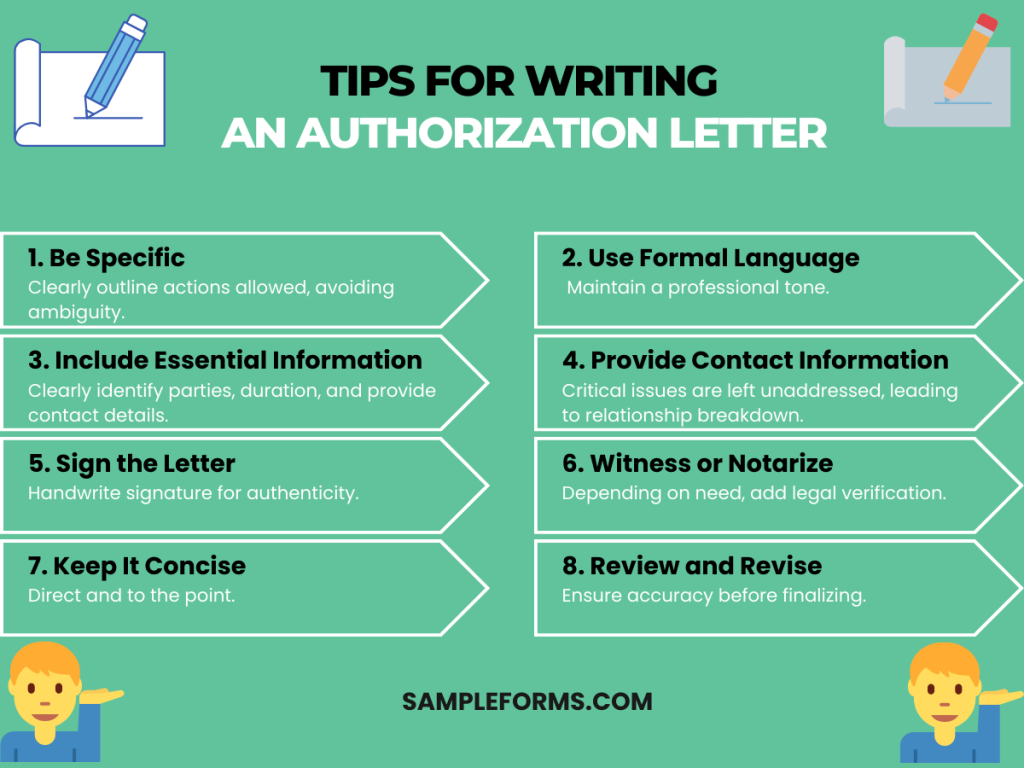Explore the world of authorization letters with our comprehensive guide. Dive into meticulously crafted examples that simplify the process of granting permissions through a well-written Authorization Form and Formal Letter. Uncover the essentials of crafting such letters, ensuring clarity and legal validity. This guide is designed to assist both individuals and professionals in navigating the nuances of authorization, making it an indispensable resource for anyone looking to delegate authority effectively.
Download Authorization Letter bundle PDF
What is an Authorization Letter?
An Authorization Letter is a formal document that grants permission to another party to act on your behalf in specific matters.
It serves as a legal endorsement, detailing the scope of authority given, ensuring that transactions or decisions can be made without your direct presence. This type of letter is crucial for tasks requiring official Consent Form, from financial transactions to personal matters, providing a secure way to maintain control over your affairs even from afar.
Authorization Letter Sample (Copy & Paste)
[Your Name]
[Your Address]
[City, State, Zip Code]
[Email Address]
[Phone Number]
[Date]
[Recipient Name]
[Organization/Institution Name]
[Address]
[City, State, Zip Code]
Dear [Recipient Name],
I, [Your Name], hereby authorize [Representative’s Name] to act on my behalf in handling my account number [Account Number] with [Company Name]. [Representative’s Name] has the permission to request, receive, and process information and perform any necessary actions regarding the account.
This authorization is valid from [Start Date] to [End Date]. Please allow [Representative’s Name] full cooperation and access to any necessary documents during this period.
For any verification or queries regarding this authorization, please feel free to contact me at [Your Phone Number] or [Your Email Address].
Thank you for your attention to this matter.
Sincerely,
[Your Signature]
[Your Name]
Authorization Letter Format
An authorization letter is a formal document that allows someone to act on your behalf in specific matters. Below is a detailed format for writing an authorization letter, followed by a concrete example to illustrate how to apply this format.
Sender’s Information
Your full name
Your address
City, state, zip code
Email address
Phone number
Date
Recipient’s Information
Recipient’s full name or organization’s name
Recipient’s address
City, state, zip code
Salutation
Dear [Recipient’s Name or Title],
Subject Line
Clearly states the purpose of the letter
Example: Subject: Authorization Letter for [Specific Task]
Body of the Letter
- Introduction: Briefly introduce yourself and state the purpose of the letter.
- Authorization Details: Clearly specify who is being authorized, what specific actions or tasks they are authorized to perform, and the duration of this authorization.
- Validity: Mention the start and end date of the authorization period.
- Additional Information: Any other relevant information that the recipient needs to know.
- Contact Information: Provide a way for the recipient to verify the authorization or ask for further details if needed.
Closing
Thank the recipient for their cooperation.
Include a polite closing, such as “Sincerely,” followed by your signature and printed name.
Enclosures
(if any) Mention any documents you are including with the letter.
Example:
John Doe
123 Apple Street
New York, NY, 10001
john.doe@example.com
555-0102
March 15, 2024
Acme Bank
Customer Service Department
456 Finance Avenue
New York, NY, 10005
Dear Customer Service Manager,
Subject: Authorization to Access Safe Deposit Box
I, John Doe, residing at 123 Apple Street, New York, NY, hereby authorize Jane Smith, my sister, to access my safe deposit box at your branch on my behalf. Jane Smith, residing at 789 Berry Lane, New York, NY, has my permission to retrieve documents, add items, and manage the contents of the box as needed during my absence.
This authorization is valid from March 20, 2024, to April 20, 2024. I trust that this letter will serve as sufficient authorization for Jane Smith to perform the aforementioned tasks during the specified period.
Should you require any further information or verification, please do not hesitate to contact me at 555-0102 or john.doe@example.com.
Thank you for your attention to this matter and for accommodating my request.
Sincerely,
[Handwritten Signature]
John Doe
Enclosures: Copy of John Doe’s ID, Copy of Jane Smith’s ID
This format ensures that the authorization letter is clear, concise, and provides all necessary information. It’s important to tailor the letter to fit the specific requirements of your situation.
Authorization Letter to Claim
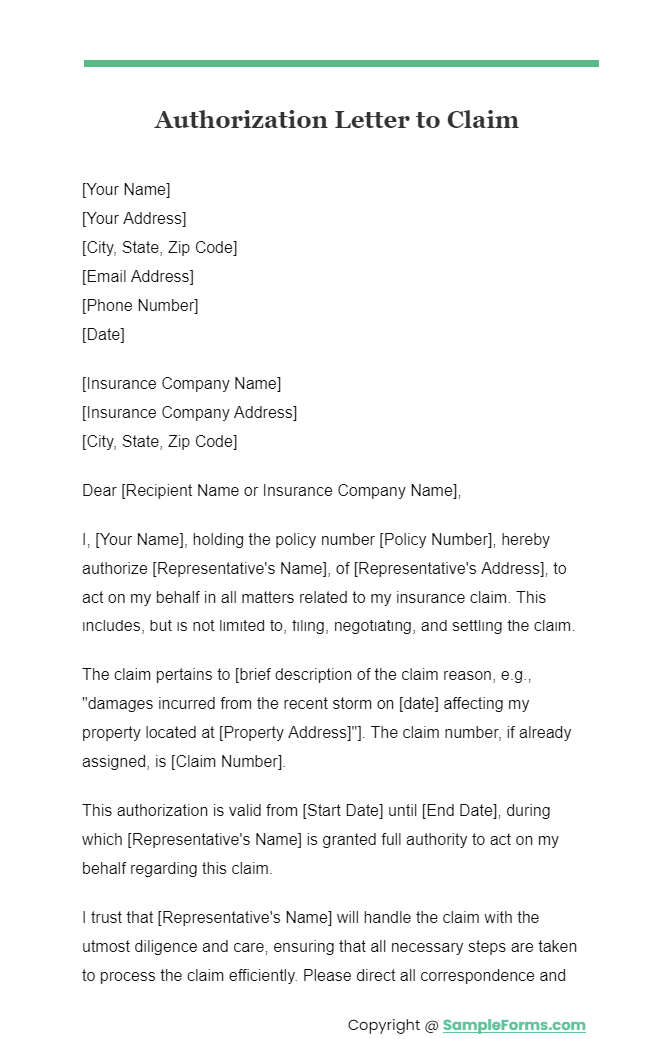
An Authorization Letter to Claim enables a representative to Claim Form, rewards, or documents on your behalf. It specifies the items to be claimed and grants the representative the authority to act in your stead, ensuring a smooth transaction process without your physical presence.
Authorization Letter To Get Document
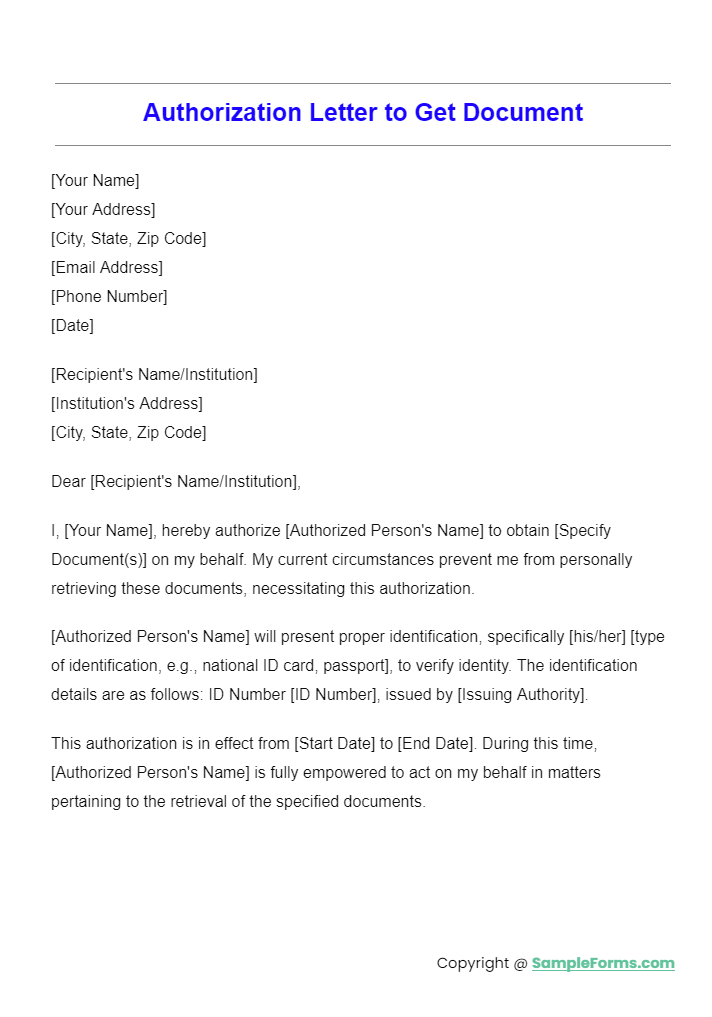
An Authorization Letter To Get Document is a formal letter that grants a designated person the authority to retrieve documents on your behalf. It is crucial for situations where personal attendance is impossible, ensuring that the retrieval process is legally sanctioned and recognized.
Authorization Letter To Collect Document
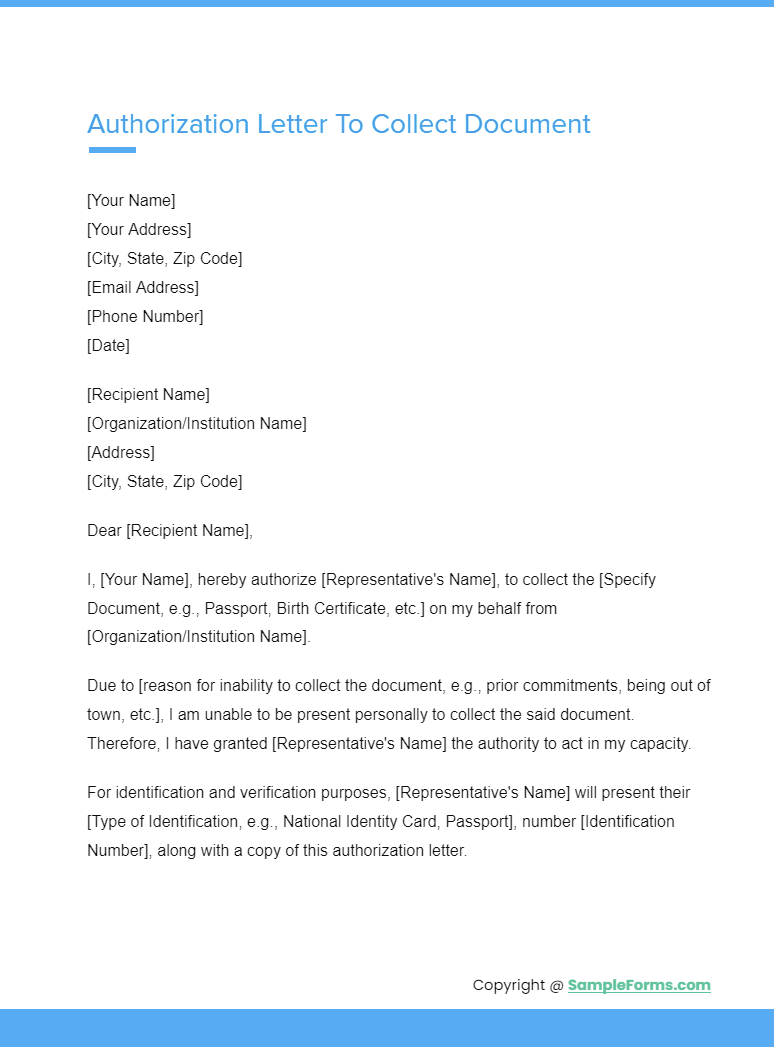
Authorization Letter On My Behalf
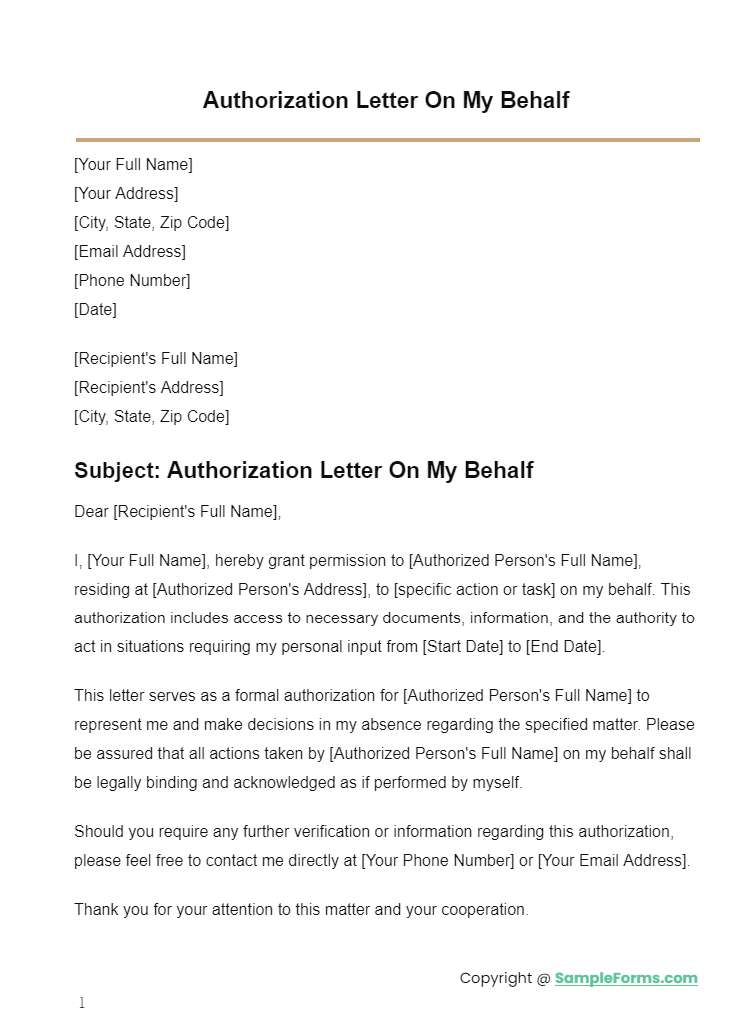
An Authorization Letter On My Behalf is a comprehensive letter that authorizes another person to act on your behalf in various situations. This could include making decisions, collecting documents, or any other actions, ensuring that your affairs are handled in your absence.
Representative Authorization Letter
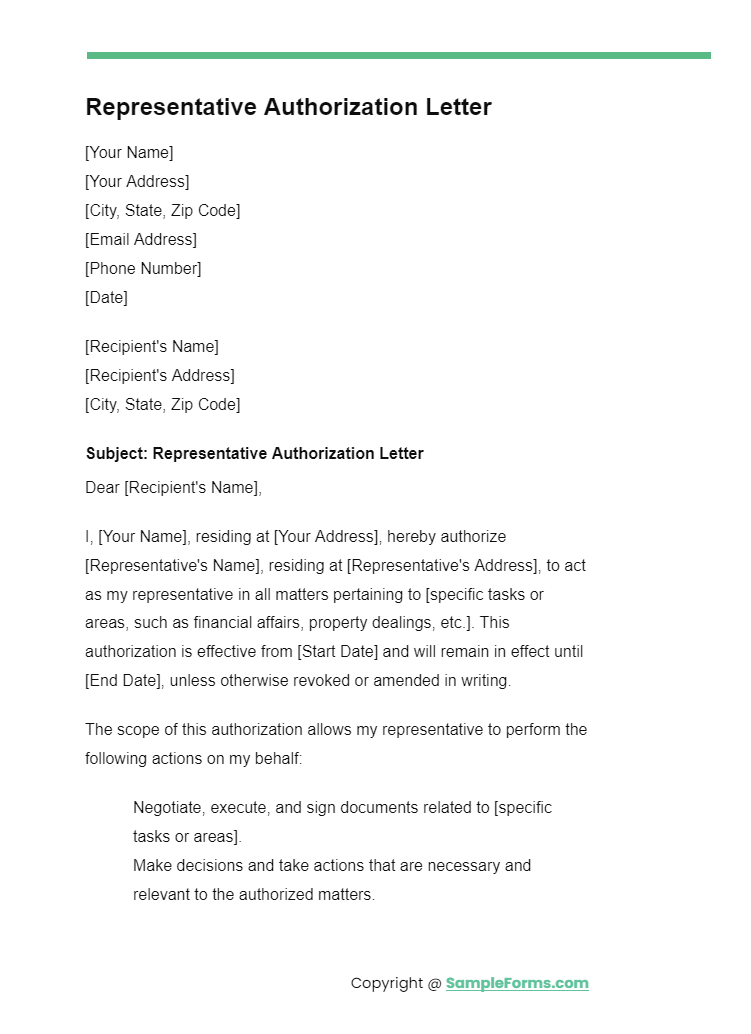
Related Posts
-
MBA Recommendation Letter
-
Security Deposit Return Letter
-
FREE 5+ Fraternity Recommendation Letters in PDF
-
Audit Response Letter
-
Medical School Recommendation Letter
-
Law School Recommendation Letter
-
FREE 9+ Paralegal Recommendation Letters in PDF | MS Word
-
FREE 9+ Professional Recommendation Letters in PDF | MS Word
-
FREE 5+ Employment Resignation Letters in PDF
-
Official Resignation Letter
-
Character Reference Letter for Immigration
-
Job Recommendation Letter
-
Tenant Recommendation Letter
